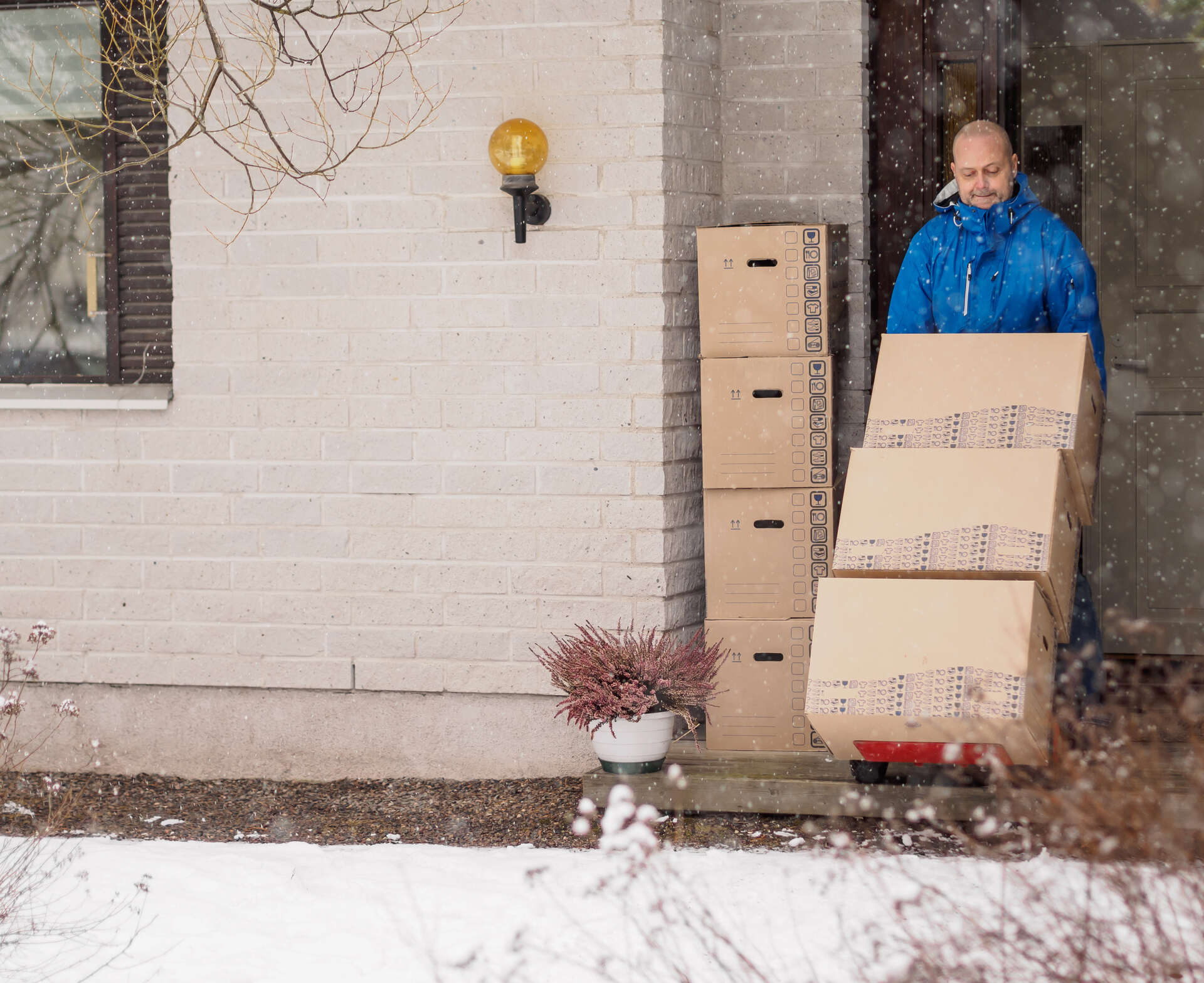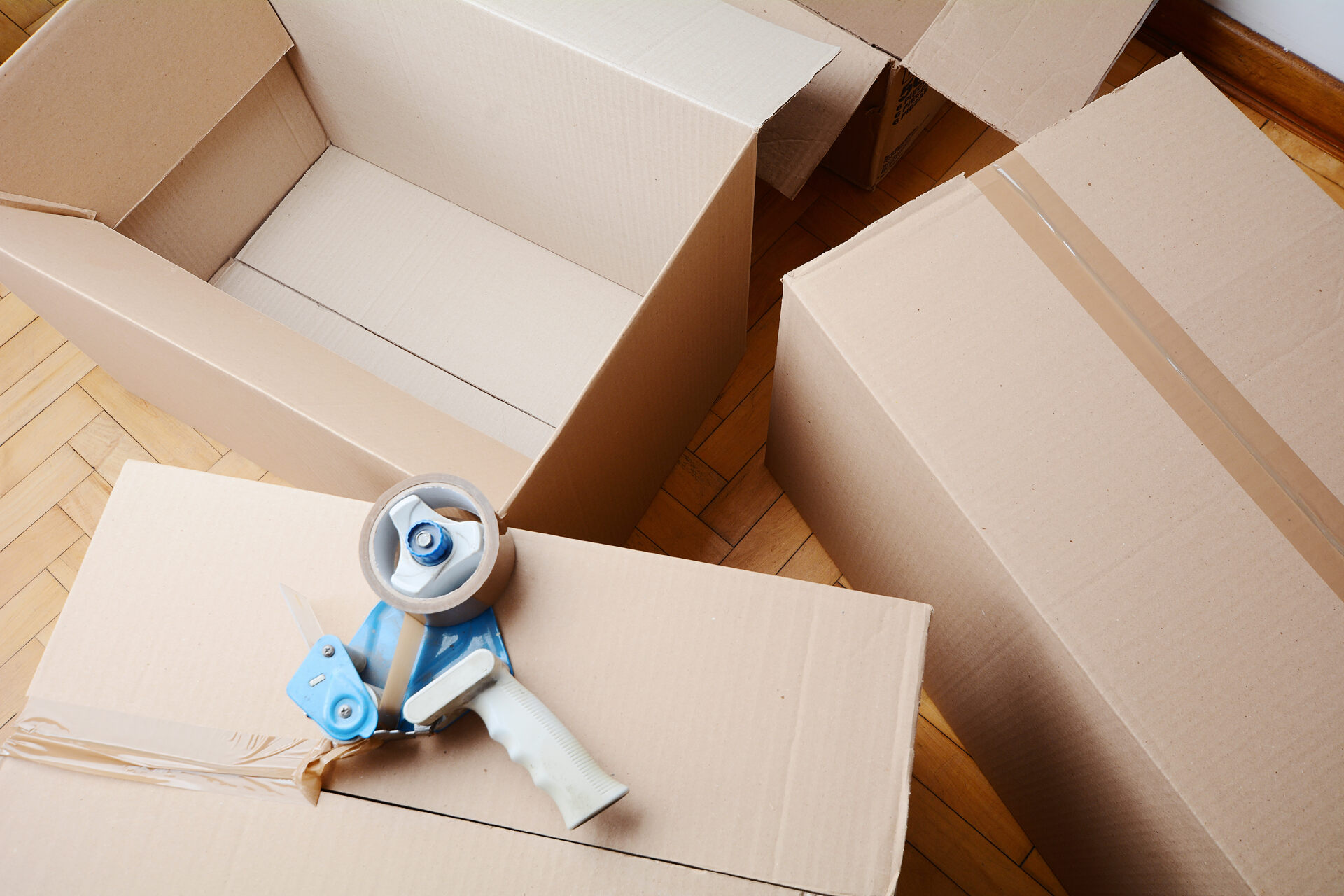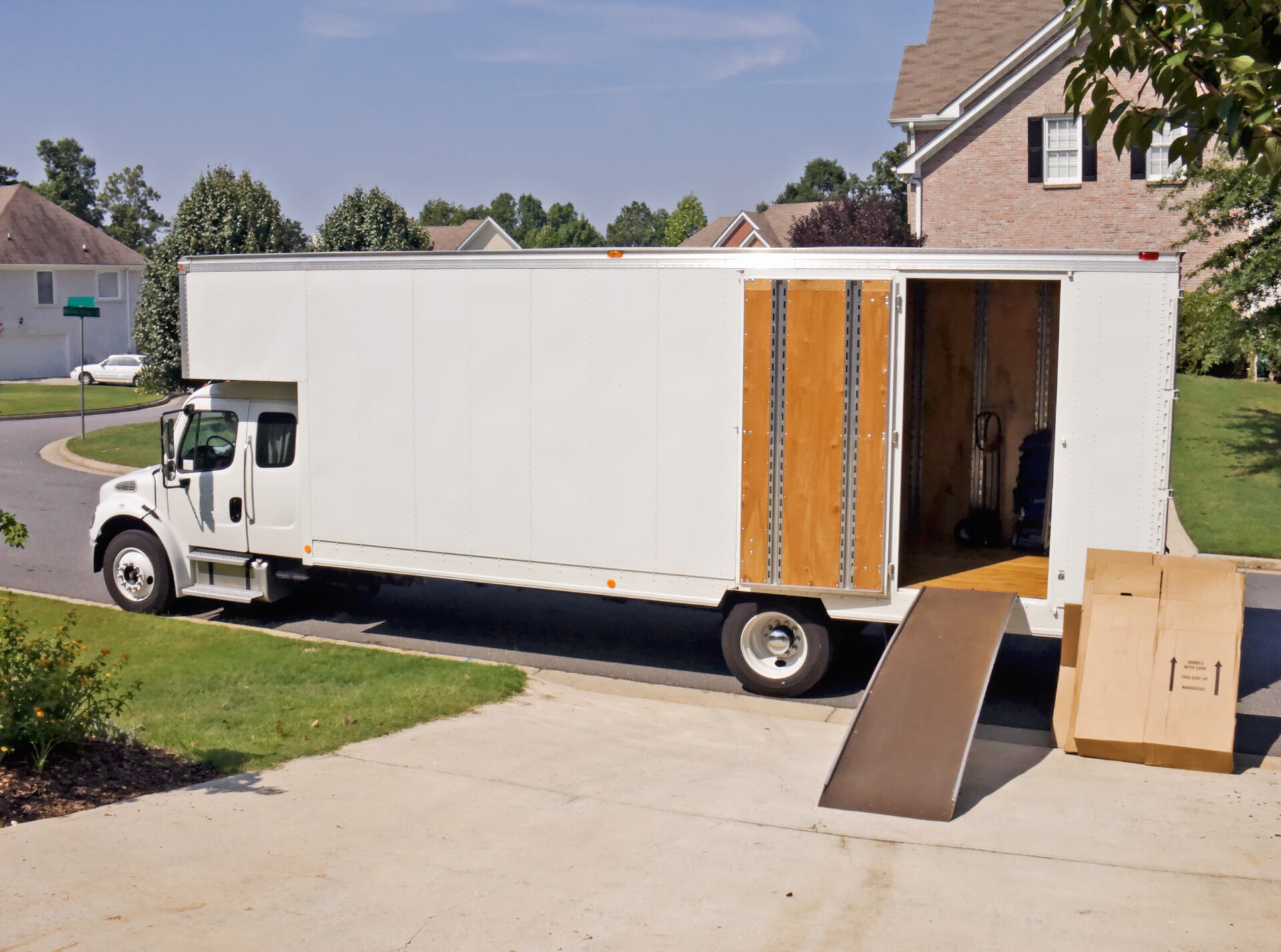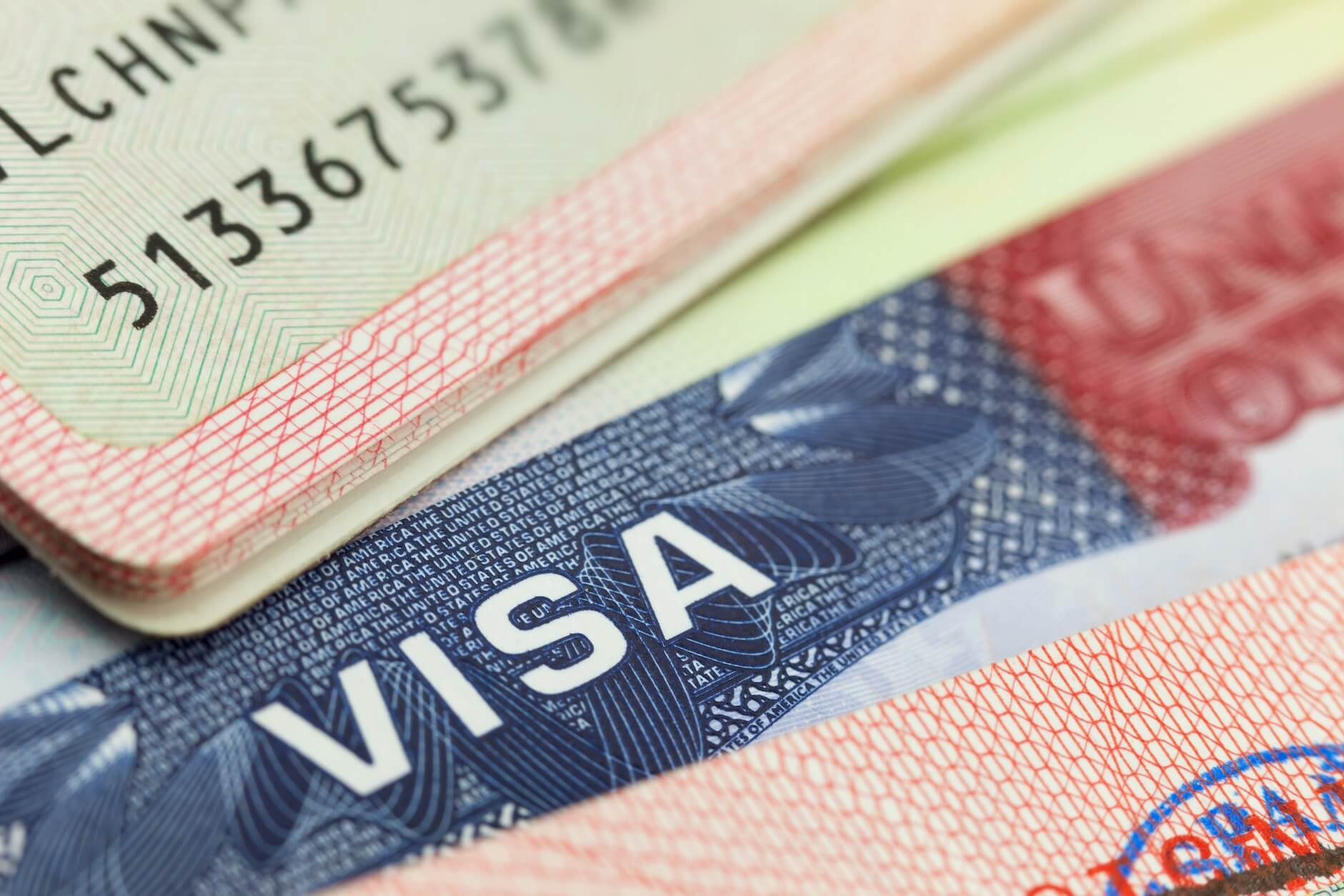

Relocating long distances can be very difficult, filled with stress and uncertainty. However, with the right approach, you can transform this potentially chaotic event into a smooth sailing journey. Careful planning and preparation can make all the difference, so here are the best moving day tips you need to know about if you’re planning to relocate.
With Expert Moving Day Tips, You’ll Have a Trouble-Free Move
Planning a relocation can be overwhelming, especially if you’re moving abroad. But with expert relocation and move-in day tips, you can turn it into a trouble-free experience. From packing efficiently to coordinating logistics, there are numerous aspects to consider. By following these expert relocation hacks, you’ll gain the knowledge and strategies necessary to navigate the relocation process seamlessly.
From creating a detailed relocation checklist to hiring professional movers, each step will be carefully orchestrated, ensuring that your relocation is hassle-free. With these relocation tips, you can tackle any challenges that may arise and enjoy a smooth transition to your new home or office space.
Helpful Tips for Moving Day Preparation
Preparing for moving day is crucial to ensure a smooth and efficient transition to your new home or office. By following these helpful tips, you can minimize relocation stress and make the process more manageable.
Creating a Moving Day Checklist
One of the most essential steps in preparing for a relocation is creating a comprehensive checklist. This checklist should include all the tasks you need to complete leading up to the big day. Start by setting a timeline and breaking down the tasks into smaller, manageable steps.
This may include choosing a reputable relocation company, gathering packing supplies, organizing belongings, and notifying relevant parties of your address change. Having a checklist not only keeps you organized but also helps you stay on track, ensuring that no important details are overlooked.
Notifying Relevant Parties and Keeping Everyone Informed
To ensure a seamless transition, it’s important to notify relevant parties of your upcoming relocation and keep everyone informed. Start by informing your utility companies, including electricity, water, internet, and gas, about your relocation date and provide them with your new address.
Additionally, notify the post office to forward your mail and update your address with banks, insurance companies, and other essential organizations. Informing friends, family, and colleagues of your address change will also ensure that important communications reach you promptly. By keeping everyone informed, you can avoid any unnecessary delays or disruptions during the relocation process.
Sorting and Packing Belongings for Easy Unpacking
Sorting and packing your belongings efficiently is another crucial aspect of preparing for relocating. Begin by decluttering and sorting through your items. Determine what you want to keep, donate, sell, or get rid of. This process not only helps you reduce the number of things you need to ship but also ensures that you start fresh in your new space.
Once you’ve sorted your belongings, use quality packing materials to secure fragile items and put a label on each box with its contents and the room it belongs to. This will make unpacking much easier and more organized when you reach your destination. If you need more help on how to declutter, watch this video.
Essential Moving Day Supplies
When it comes to the big day, having the right supplies can make a significant difference in the efficiency and ease of your move. Here are two essential categories of supplies that you shouldn’t overlook.
Boxes and Packing Materials
One of the most fundamental relocation supplies you’ll need is an ample supply of sturdy boxes and packing materials. Cardboard boxes in various sizes are essential for packing and organizing your belongings. Make sure to choose boxes that are durable enough to hold the weight of your items without collapsing. You can save money by finding free boxes on sites like Craigslist. Additionally, stock up on materials such as bubble wrap, packing paper and tape, and foam peanuts to protect fragile items during transit.
Relocation Equipment – Dollies and Other Tools
Relocation equipment can greatly simplify the physical aspect of preparing for a relocation. Dollies, hand trucks, and furniture sliders are valuable tools that can help you transport heavy or bulky items with ease. A dolly, for example, allows you to stack multiple boxes or relocate large furniture pieces without straining your back.
Hand trucks are ideal for maneuvering heavy appliances or tall furniture. Furniture sliders are small discs or pads that can be placed under furniture legs to reduce friction and make sliding furniture across floors effortless. These tools not only save you time and effort but also reduce the risk of injury.

Remember a Personal Essentials Kit or Box
When preparing for a relocation, it’s crucial to remember to pack a personal essentials kit or box. This collection of items will ensure that you have the necessary essentials readily available during the process and the first few days in your new space. Here are some important items to include in your personal essentials kit:
- Toiletries: Toothbrush, toothpaste, soap, shampoo, and toilet paper.
- Clothing: A change of clothes for each family member, including undergarments and pajamas.
- Medications: Prescription medications or any other essential medications.
- First aid kit: Band-aids, antiseptic ointment, pain relievers, and other basic medical supplies.
- Kitchen supplies: Disposable plates, cups, and utensils, along with some snacks and bottled water.
- Tools: A small tool kit with essentials like a screwdriver, pliers, and a utility knife.
- Important documents: Identification documents, financial records, insurance policies, and any other crucial paperwork.
- Valuables: Jewelry, cash, and other valuable items that you prefer to keep close and secure.

Efficient Packing Techniques
Efficient packing is key to a smooth and organized move. By employing smart packing techniques, you can maximize space, protect your belongings, and make the loading and unloading process more efficient. Here are two essential packing techniques to consider.
Furniture Disassembly and Protection
When it comes to relocating furniture, disassembling larger pieces can save space and make them easier to transport. Start by removing any detachable parts such as table legs, bed frames, or shelves. Keep all the screws, bolts, and small components in labeled plastic bags to ensure easy reassembly later. Take pictures or make notes of the disassembly process to simplify the reassembly at your new location.
In addition to disassembling furniture, it’s crucial to protect it properly. Use furniture blankets, bubble wrap, or relocation pads to safeguard delicate surfaces and prevent scratches during transit. Wrap the disassembled pieces tightly and secure them with packing tape or stretch wrap. Label each wrapped piece with its corresponding furniture item or room to facilitate organized unpacking. And if boxing up your belongings on your own is too demanding, it’s always best to hire professional movers and let them apply their packing services.
Loading the Relocation Truck
Loading the relocation truck efficiently is essential to make the most of the available space and ensure stability during transit. Start by placing the heaviest and largest items at the back of the truck against the wall, including appliances, dressers, and sofas. This creates a solid foundation for the rest of the load. As you progress, fill any gaps and utilize vertical space by stacking boxes and lighter items. Make sure to distribute the weight evenly from side to side to maintain balance and prevent shifting.
To prevent damage and ensure stability, secure your belongings with straps or ropes. This will keep them in place during transportation, reducing the risk of items shifting or toppling over. Use relocation blankets or cushions to create a protective barrier between fragile items and heavier objects. Remember to leave a clear pathway inside the truck to facilitate unloading at your destination.

Managing Logistics and Coordinating With International Moving Professionals
Moving internationally requires careful management of logistics and coordination with experienced professionals to ensure a smooth and successful relocation. From transportation considerations to documentation requirements, here are some key factors to keep in mind when moving overseas.
Transportation Considerations
Transporting your belongings across borders and overseas involves several considerations. First and foremost, you’ll need to decide on the mode of transportation that best suits your needs and budget. Options typically include sea freight, shipping by air, or a combination of both. Air freight offers faster delivery but can be more expensive, while sea freight is more cost-effective for larger shipments but has a longer transit time.
Once you’ve chosen the mode of transportation, it’s important to work closely with international movers who specialize in overseas relocations. They will handle the logistics of shipping, including booking the appropriate containers or flights, arranging customs clearance, and ensuring that your belongings comply with international regulations. Professional movers experienced in international relocations have the expertise to navigate the complexities of customs documentation, import duties, and other legal requirements.
International Moving Considerations: Addressing Unique Requirements for Overseas Moves
International relocating presents unique considerations and requirements that must be addressed. These include obtaining necessary visas and permits, complying with customs regulations, and understanding the cultural and logistical differences in your new country. It’s crucial to work with professionals who can guide you through the process, provide expert advice on necessary documentation, and handle customs procedures. They can also assist with language barriers and other forms of culture shock, making your transition smoother.

How to Increase Safety and Security on Moving Day
The final days leading up to the move can be physically demanding and chaotic, but prioritizing safety and security can help ensure a smooth and accident-free experience. By implementing measures to secure items during transportation, practicing proper lifting techniques, and taking precautions to prevent home damage, you can significantly reduce the risk of accidents and injuries.
Securing Items During Transportation to Prevent Damage
Properly securing your belongings during transportation is essential to prevent damage and maintain their integrity. Make sure all boxes and items are tightly packed to minimize shifting. Use straps, bungee cords, or ropes to secure larger items and prevent them from sliding or toppling over.
Fragile items should be carefully wrapped in protective materials such as bubble wrap or packing paper and packed tightly to minimize movement. Label boxes containing delicate items as “fragile” to ensure they receive special attention during transport. By securing your items effectively, you can minimize the risk of damage and ensure they arrive at your new location in good condition.
Tips for Lifting, Proper Posture, and Avoiding Injuries
Lifting heavy objects incorrectly is a common cause of relocation-related injuries. To protect yourself and prevent strains or back injuries, it’s important to practice proper lifting techniques. Bend at your knees, not your waist, and use your leg muscles to lift items, keeping your back straight.
Maintain a firm grip and distribute the weight evenly. If an item is too heavy or awkward, don’t hesitate to ask for assistance or use relocation equipment like dollies or hand trucks. Take breaks regularly to rest and avoid overexertion. By following these tips and being mindful of your posture and lifting techniques, you can reduce the risk of injuries and ensure your well-being through the relocation process.
Taking Precautions to Prevent Home Damage During the Move
Relocating furniture and bulky items can pose a risk of damaging your home’s interior or causing dents, scratches, or scuffs on walls, floors, or door frames. To prevent such damage, use furniture sliders or relocation blankets to protect floors and walls when maneuvering large items.
Cover corners and edges with padding or corner protectors to prevent scratches or impacts. Clear pathways and remove obstacles to avoid tripping hazards. If necessary, consider disassembling furniture to make it easier to navigate through narrow hallways or doorways.
Hiring an International Moving Company Can Help Prevent Injury and Damage
When it comes to international moves, hiring an experienced relocation company can make all the difference in preventing injuries and minimizing damage. Their expertise in navigating customs regulations, securing items during transportation, and practicing proper lifting techniques ensures a safe move in its entirety. So, contact us at Shepherd International Movers, and rely on our professional team to handle your international relocation with care and precision.
FAQ
How Can I Ensure a Smooth Moving Day?
Start by creating a detailed relocation plan and timeline. Declutter and organize your belongings beforehand. Hire reliable movers and confirm logistics in advance. Pack essentials separately for easy access. Communicate clearly with the movers, stay organized, and be flexible. Take breaks, stay hydrated, and prioritize safety. Finally, have a plan for the arrival at your new home and be prepared to supervise and guide the process.
What Are Some Helpful Tips to Make Moving Day Less Stressful?
Preparing well in advance by decluttering and organizing your belongings is the most important part. Pack an overnight bag with essential items, a change of clothes, and toiletries. Enlist the help of family and friends, or consider hiring professional movers to alleviate the physical and mental burden. Take breaks, stay hydrated, and nourish yourself throughout the day. Keep a positive mindset and be flexible, understanding that minor hiccups may occur. Remember to take moments to breathe and appreciate the progress made.
Are There Specific Strategies for Efficient Packing on Moving Day?
Efficient packing starts with decluttering and sorting your belongings beforehand. Use sturdy boxes, packing paper, bubble wrap, and tape to protect fragile items. Maximize space by filling gaps with soft items like clothing or linens. Label each box with its contents and the room it belongs to for easier unpacking. Disassemble furniture when possible to save space and protect delicate parts. Finally, pack a separate box or bag with essentials you’ll need immediately upon arrival at your new home.
How Can I Protect My Belongings During the Relocation Process?
To protect your belongings during the relocation process, use quality packing materials, secure items during transportation, consider insurance coverage, and handle delicate items with care. Proper wrapping and labeling will also help prevent damage or loss.
Are There Any Precautions I Should Take To Ensure Personal Safety on Moving Day?
To ensure personal safety, take precautions such as practicing proper lifting techniques, wearing appropriate clothing and footwear, staying hydrated, taking breaks, and being mindful of your surroundings to avoid accidents.
What Are Some Tips for Coordinating With Movers or Relocation Professionals?
When coordinating with movers or relocation professionals, clearly communicate your needs and desired relocation dates. Obtain multiple quotes and compare services. Provide accurate addresses for pickup and delivery. Maintain open lines of communication, promptly respond to queries, and be present on the day of the relocation to answer questions and supervise the process.
Are There Any Specific Considerations for International Relocating on Moving Day?
Yes, there are some specific considerations in this instance. These include understanding customs regulations and documentation requirements, coordinating transportation logistics for long-distance moves, working closely with experienced international movers, properly packing and protecting belongings for the journey, and being aware of any import restrictions or regulations in the destination country. Effective communication and careful planning are crucial for a successful international relocation.
How Do I Manage the Logistics of Unloading and Settling Into My New Home?
To manage the logistics of unloading and settling into your new home, communicate with the movers about where to place furniture and boxes. Be present during unloading to guide and supervise. Take inventory as items are unloaded. Begin unpacking strategically, focusing on essentials first, and gradually organize and arrange your belongings according to your preferences.
What Should I Do if Unexpected Challenges Arise on Moving Day?
If unexpected challenges arise at the last minute, try to remain calm and adaptable. Communicate with the movers about the issue promptly. Work together to find solutions and alternatives that can keep the relocation process on track. Having a contingency plan in place can be helpful in case of unforeseen circumstances. Remember that flexibility and problem-solving are key when faced with unexpected challenges, and maintain open and clear communication to ensure a successful resolution.
Are There Any Post-move Tasks I Should Be Aware of After Moving Day?
After you’ve moved, important post-move tasks include conducting a thorough inspection of your belongings and property, notifying the relocation company of any issues, unpacking strategically, updating your address with relevant parties, and familiarizing yourself with your new neighborhood and essential services.









